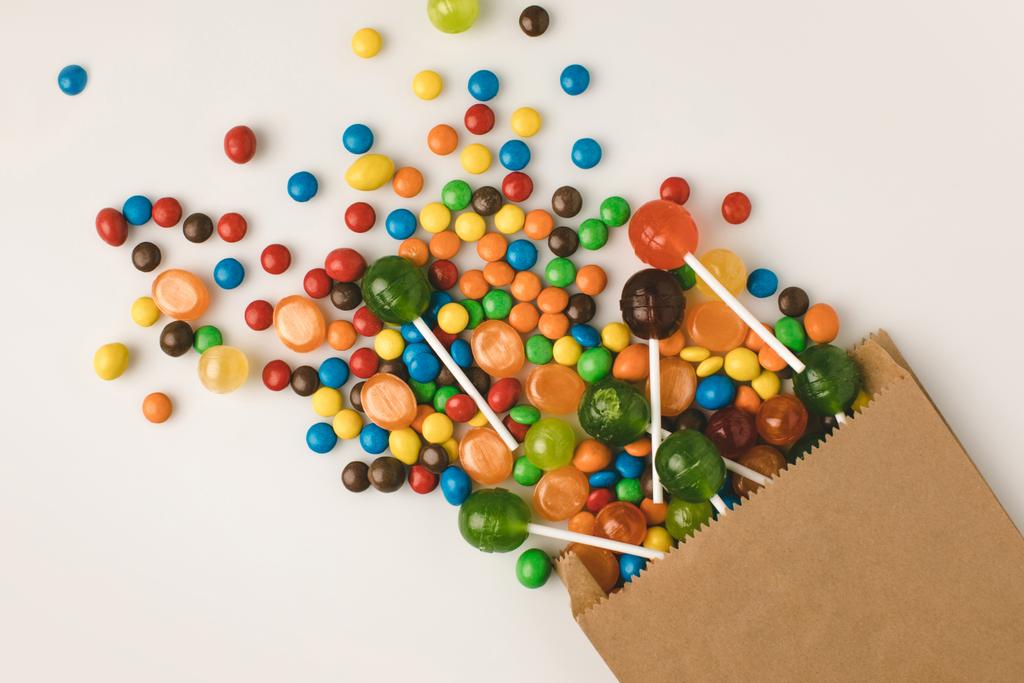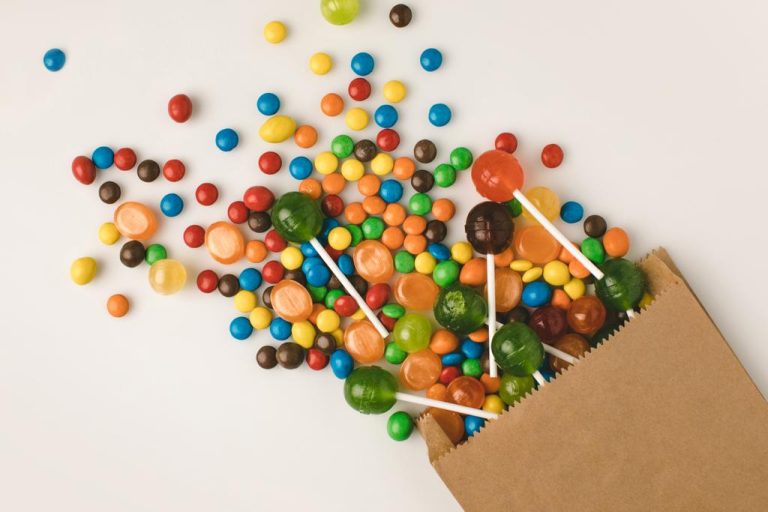Sodium cyclamate is one of the most popular sweeteners. Find out here what properties sodium cyclamate has and whether the substance is harmless.
Sodium cyclamate is a common ingredient in sugar-free or reduced-sugar foods and beverages. The chemical name of the substance, which was first synthesized in 1937, is cyclohexylsulfamic acid. Strictly speaking, this does not mean just one substance: the name designates both the basic form cyclamate and its salts calcium and sodium cyclamate. “Cyclamate” is often simply spoken of, although what is actually meant is sodium cyclamate.
The most important properties of sodium cyclamate:
35 times as sweet as sugar (however, the sweetening power increases in combination with the sweetener saccharin, for example)
“zero calorie”: The body cannot metabolize sodium cyclamate
Unlike sugar, it does not cause tooth decay
has hardly any aftertaste compared to other sweeteners, intensifies fruit aromas
Resistant to heat and cold, suitable for cooking and baking
Foods containing sodium cyclamate
You can find sodium cyclamate in numerous sugar-free or reduced-sugar foods:
Sweets
soft drinks
spreads and jams
fruit preserves
dietary supplements
You can also buy sodium cyclamate as a sweetener, for example in tablet form. The sweetener can also be found in medicines and cosmetics.
According to a 2014 EU directive, the product’s list of ingredients includes either the name of the sweetener (“sodium cyclamate”) or its E number E 952. On the front, however, manufacturers only have to indicate that the product contains sweeteners.
Sodium cyclamate: health assessment and exposure limits
According to the Federal Institute for Risk Assessment (BfR), the European Food Safety Authority (EFSA) has been assessing in the EU since 2003 whether an additive is harmful to health. Previously, the Scientific Committee on Food (SFC) was responsible.
In 2000, the SFC specified the maximum amount of sodium cyclamate one should consume per day. According to the BfR, this so-called ADI (“acceptable daily intake”) is seven milligrams per kilogram of body weight.
Based on this, according to “additives online”, there are these limit values for food:
a maximum of 250 milligrams per liter or per kilogram in drinks and desserts
maximum 500 to 1000 milligrams per kilogram in spreads and fruit preserves
Especially with soft drinks, children can reach or exceed the ADI. However, the value is so low that it should be harmless to occasionally take in too much sodium cyclamate.

Conclusion on sodium cyclamate
Sodium cyclamate is considered harmless within the limit values - but its effects in the body are not yet sufficiently understood. It remains to be seen what EFSA’s reassessment reveals. If you would generally like to eat less sweets, you should still avoid sodium cyclamate: You are more likely to lose your desire for sweets if you use naturally sweet fruits and vegetables.
Important to know: Children who do not yet weigh that much quickly reach their daily maximum with drinks containing sodium cyclamate.

